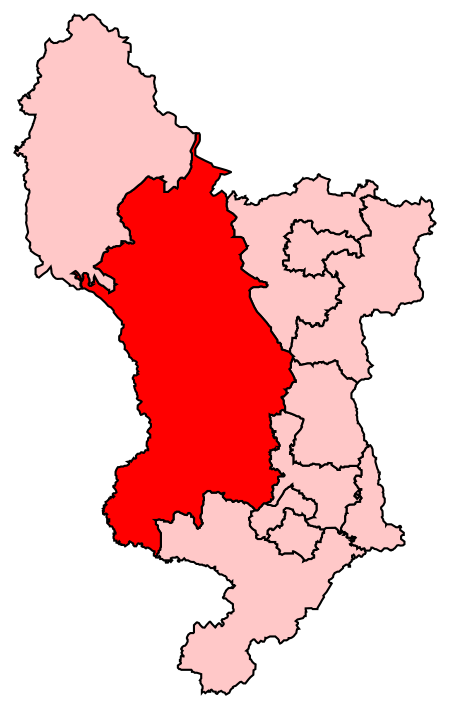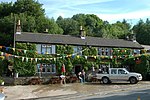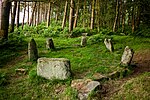Derbyshire Dales (UK Parliament constituency)
Constituencies of the Parliament of the United Kingdom established in 2010Parliamentary constituencies in DerbyshireUnited Kingdom constituency stubs

Derbyshire Dales ( DAR-bee-sheer, -shər) is a constituency that has been represented in the House of Commons of the UK Parliament since 2019 by Sarah Dines of the Conservative Party. The constituency was created for the 2010 general election.
Excerpt from the Wikipedia article Derbyshire Dales (UK Parliament constituency) (License: CC BY-SA 3.0, Authors, Images).Derbyshire Dales (UK Parliament constituency)
Birchover Lane, Derbyshire Dales
Geographical coordinates (GPS) Address Nearby Places Show on map
Geographical coordinates (GPS)
| Latitude | Longitude |
|---|---|
| N 53.15 ° | E -1.65 ° |
Address
Birchover Lane
Birchover Lane
DE4 2BH Derbyshire Dales
England, United Kingdom
Open on Google Maps











